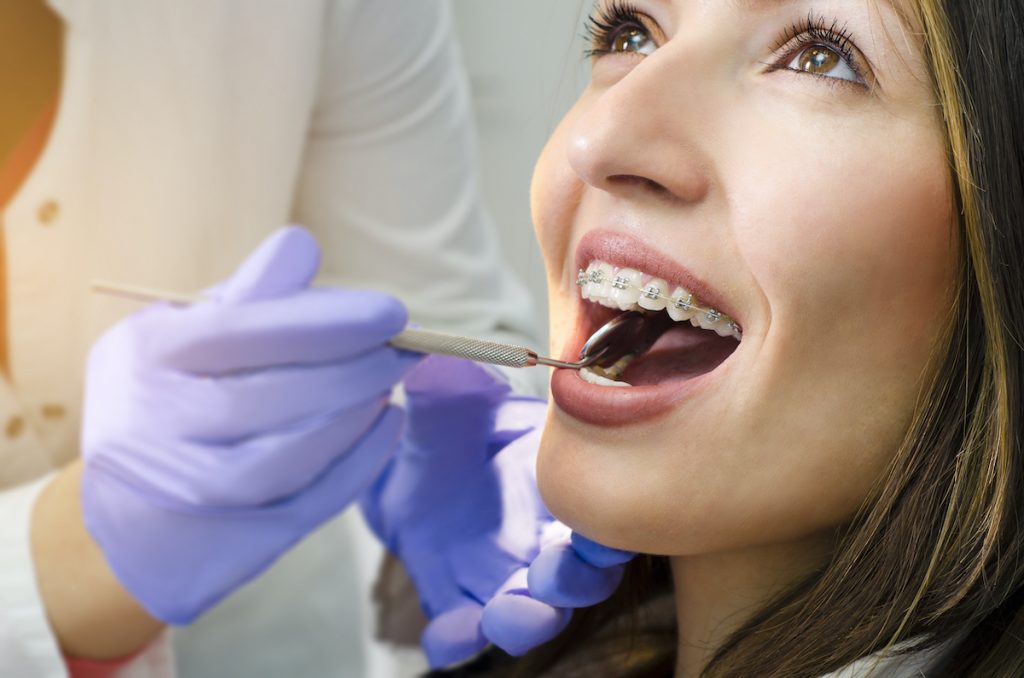There are health conditions that are very tricky to diagnose. Take gastroesophageal reflux disease (GERD) as an example. Those who suffer from it have mentioned a wide range of symptoms that do not seem to look like it is related to the digestive system. Some people say they felt like having a panic attack or an asthma episode. Some experience dizziness and chest pain, signs that are also related to heart problems.
Aside from fixing crooked teeth by attaching ceramic braces to them, orthodontists also need to deal with more puzzling symptoms such as temporomandibular joint disorders, otherwise known as TMD or TMJ. This is a condition where the joint that allows you to move your jaw freely is misaligned.
What Are the Symptoms?
There are outright signs that tell you that you may have TMJ. Try to test your jaw by opening your mouth wide and moving it from side to side. If you feel any pain or hear popping or clicking, your best bet would be to consult your orthodontist. You need to have an x-ray of your oral cavity to find out if there is a severe misalignment of your jaw.
You can also develop other symptoms that, at first, would confuse you. Toothaches and headaches are easy to explain due to their proximity to the jaw but do not be surprised if you feel the pain radiate all the way to your neck and shoulders.

How Can You Treat TMD?
TMD can be treated by your common pain medications like ibuprofen. You can also try to use a hot compress on your cheeks. This will let your face muscles relax for a bit. Stress may also cause you to tighten your jaw, so you need to perform relaxation techniques like meditation to keep things laid back.
Having quick remedies is not enough. You need to treat it in a holistic fashion. If you suspect that you have TMD, do everything to at least reduce the strain on your jaw. You have to avoid eating crunchy or chewy foods as they will wear the jaw out. Eat softer fare like eggs and yogurt whenever you can.
Surgery
For severe cases of TMD, you will be required to undergo surgery. The less invasive one is called arthroscopy, where a small cut is made on your cheek. This will serve as an entry point for a tool that can manipulate the joint in an effort to fix its position. The smaller scar allows you to heal in a short span of time.
If this is not enough, open-joint surgery may be in order. This will require the doctor to open up the jaw area, allowing for a better view of the oral cavity. This will allow them to see if there are more serious stuff going on like having shattered bones scattered around the joint. Having a bigger scar means the patient will have to recuperate for a longer time.
Having TMD is not a death sentence. There are solutions or remedies to all the problems that may crop up because of it. So cheer up, for it is a condition that you can beat.







